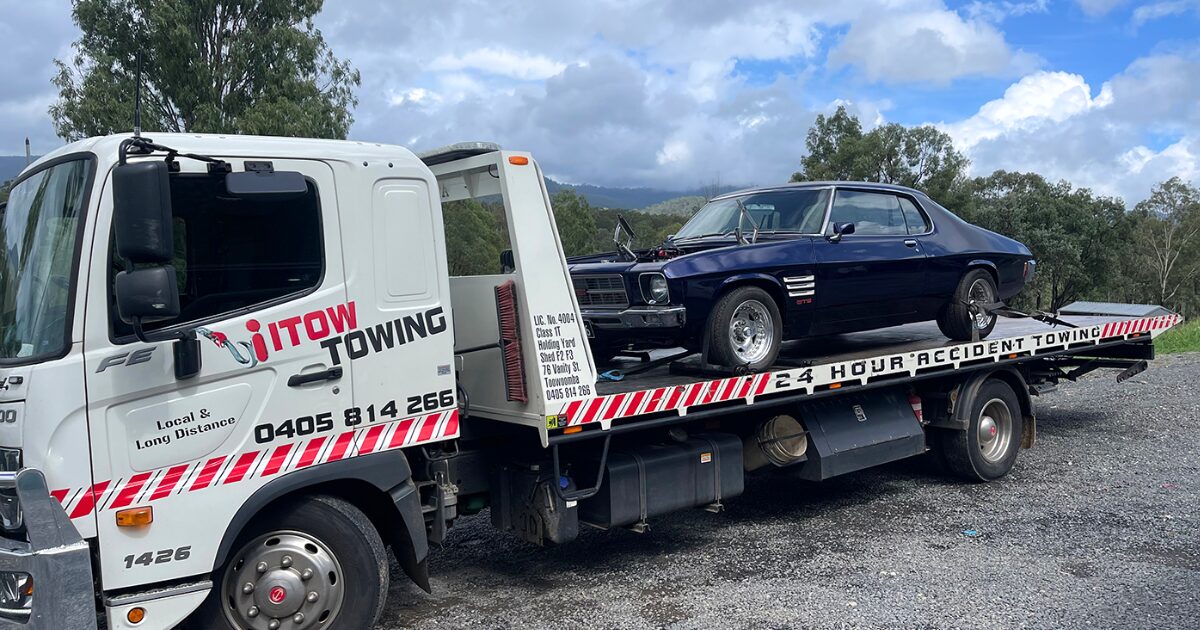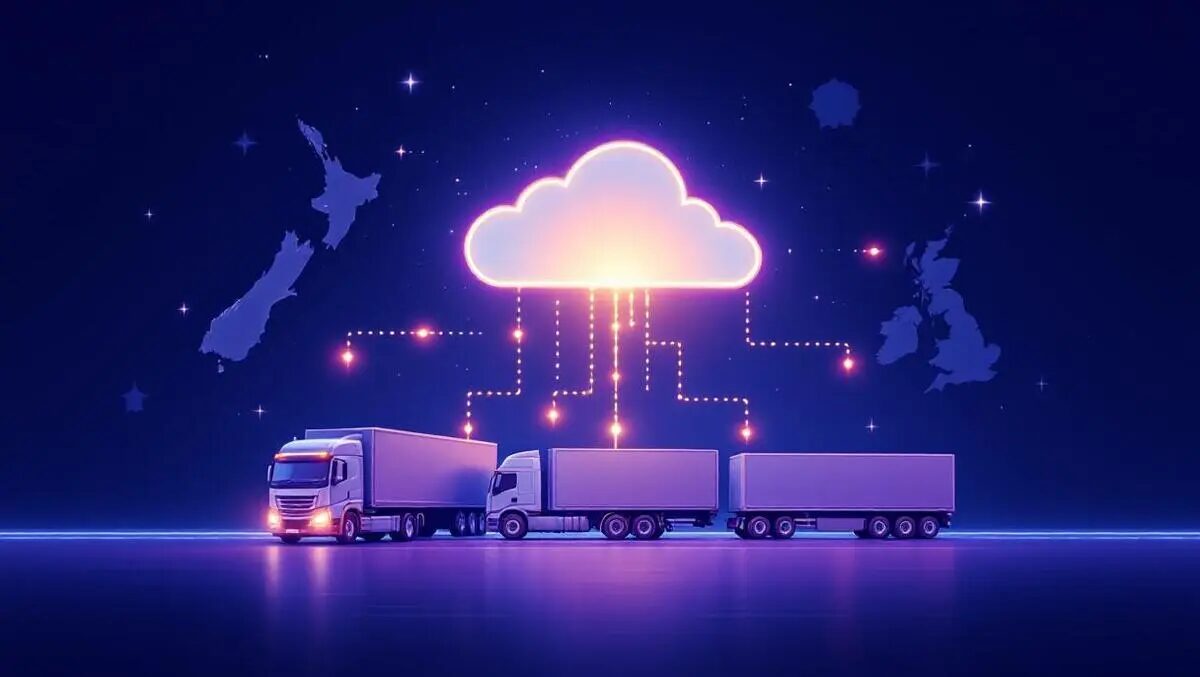Everything you need to know about Fleet and Transport Management Systems
When it’s time for your company to introduce a management system there are a few choices available.
There are two main management systems used in the transport industry. We’ll share details on both and also how these two systems can be used together.
Let’s start by covering fleet management system (FMS), tips to improve fleet savings and why an FMS is a valuable tool for making your fleet more efficient.
Fleet Management System 101
Fleet management is a business approach that coordinates company vehicles, improves efficiency, reduce costs, and complies with government regulations. A fleet management system (FMS) is a software tool that helps with all those tasks, as well as controlling costs, managing productivity and reducing risks. Fleet management systems assist with planning, route optimisation and helping you make critical decisions. This includes leasing vs buying fleet vehicles and ensuring that operations continue to run smoothly.
The main benefit of fleet management is identifying potential issues before they cause significant problems. By efficiently organising your fleet, you not only reduce unexpected expenses but will prolong the life of your vehicles. Scheduling maintenance before they are desperately needed, with the assistance of a FMS, is hugely beneficial. Planning and, more crucially, carrying out a maintenance schedule results in higher-quality work and increased efficiency, leading to fewer costs.
Nothing stays still in this industry. As the world of technology grows, fleet management systems are evolving. Not only are FMSs embracing the idea of sustainability as a critical tracking metric, but they are becoming more responsive to customer needs for ease of use and technological advancement. Areas such as digital keys and autonomous vehicles are sure to keep a FMS on its toes in the coming years.
Transport Management System 101
A transport management system (TMS) is a platform that helps businesses plan and execute the vital task of moving goods. In addition to completing pre-delivery checks ensuring that the shipment is correct, any paperwork related to the order, is easy to access. Transport management systems are crucial in successful supply chains and monitoring performance data.
Transport management solutions help with day-to-day operations, planning and documentation. Since most of these process become automated, the amount of paperwork is substantially reduced.
Another beneficial part of a TMS is its capacity to connect every partner with information on the freight movement process. With increased collaboration, supply chain partners can identify issues that affect the entire supply chain, not just themselves. Being able to provide a more transparent view of the journey produces benefits, not only to bigger supply chains, but directly to your end customer.
Customer expectations keep rising, not only for on-time deliveries but for two-day and even same-day deliveries, with real-time updates provided throughout the shipment process. Ever-changing global trade regulations are also forcing supply chains to evolve to keep pace. This is often by investing in a transportation management systems and managing fleet expenses.
Transportation management systems will continue to become more robust and provide faster responses to consumers. Helping allow more detailed information to be accessed by businesses. Machine learning will enable a TMS to be more intelligent in the future, providing better recommendations and more accurate predictions.
Bridging the gap between TMS and FMS
A combined system that allows you to make better decisions regarding your fleet and track your fleet operations in real-time, will significantly benefit your company.
Many organisations attempt to select either a traditional transport management system or a fleet management system. They choose one that they feel will most apply to their particular needs and then improvise in managing the areas of their system that are not well-addressed by their chosen tool.
This way of operating isn’t ideal and leaves you open to potential oversights.
Modern transportation programs must make use of multiple practices and strategies to fully address all the challenges faced in a fast-paced global business environment. Businesses involved with transportation are continually looking for ways to reduce empty miles, drive down fuel costs, improve equipment and vehicles, and track assets across their network.
In order to accomplish all these tasks together, allowing for one transparent way of monitoring all aspects of your fleet, companies require the combined package of an FMS and a TMS.
Utilising a transport and fleet management system together is an excellent way of ticking all your operational boxes. Successful transportation management systems must be able to provide a combined solution for managing different daily tasks. They must incorporate all the best functionality from TMS and FMS, having one system in place.
Having all this information managed under a single transport fleet management platform enables users to perform unprecedented analysis and reporting. Using that analysis, the combined software will allow more communication and transparency throughout your business. The result will lead to a clearer view of where your company is and what needs to happen for optimised progression.
In Summary…
Being aware of what a TMS and FMS is allows you to clearly see the benefits they bring together. You will get a complete package when you implement a system that combines both aspects with software from MyTrucking. Bring all areas of your business together under one efficient and easy-to-use platform.
External Links
For more information on the topics covered, go to;
- Transportation Management System 101
- Vehicle Leasing And Fleet Management: Much More Than Funding Vehicles




